 Wolves ~ does the word conjure up fear, awe, or curiosity? Well known stories such as Little Red Riding Hood portray the wolf character as scheming, deceitful, and blood thirsty. Then there is the story of The Three Little Pigs and the Big Bad Wolf. The huffing and puffing character is determined to have his ham dinner. Hollywood has scared audiences with the murderous werewolf whose haunting howls in the night are intended to bring fear and trembling to those who hear it.
Wolves ~ does the word conjure up fear, awe, or curiosity? Well known stories such as Little Red Riding Hood portray the wolf character as scheming, deceitful, and blood thirsty. Then there is the story of The Three Little Pigs and the Big Bad Wolf. The huffing and puffing character is determined to have his ham dinner. Hollywood has scared audiences with the murderous werewolf whose haunting howls in the night are intended to bring fear and trembling to those who hear it.
In Native American cultures the wolf is honored and respected for their strategic hunting ability and pack loyalty. To be compared to a wolf is considered a compliment. Even the Boy Scouts have a level called Wolf Scouts.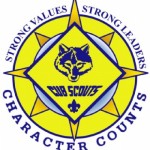 Their pack values good character and service.
Their pack values good character and service.
So one has to wonder where these assertions come from. Is there any basis for them? Is it based upon facts or fears? What do we really know about wolves?
For the past several weeks I have read and researched about wolves, their pack behaviors, and their encounters with humans throughout history. Although wolves belong to the same animal family as domesticated dogs, wolves do not make good pets. Yet, there are many similarities between our beloved pets and the wild wolf. I am fascinated when I see my own dog use his body positions to demonstrate who he considers the “alphas” and the “omega” in our family. He demonstrates his loyalty to us, he is affectionate, and yet ready to defend his territory from the herd of deer that travel through our backyard at dusk. I’ve come to the conclusion that people fear what they do not know, and what they do not know, they fill in with assumptions.
I wrote this unit titled Wolves: Life in a Pack as a way to help students learn more about wolves. Included is a 10 page printable book that can be used by the students for research and writing. I added language arts skill pages in the areas of multiple meanings, using context clues, synonyms, and writing all based upon the wolf theme. There is a craftivity too!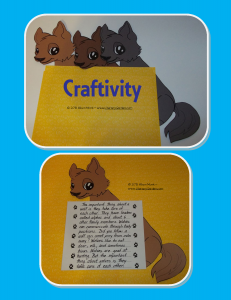
I’m going to use these lessons in conjunction with reading fairytales about wolves. The students will compare and contrast the facts with the fables and we will explore the plight of the wolf throughout history.
If you would like to have your own copy of this unit, simply click one of the photos.
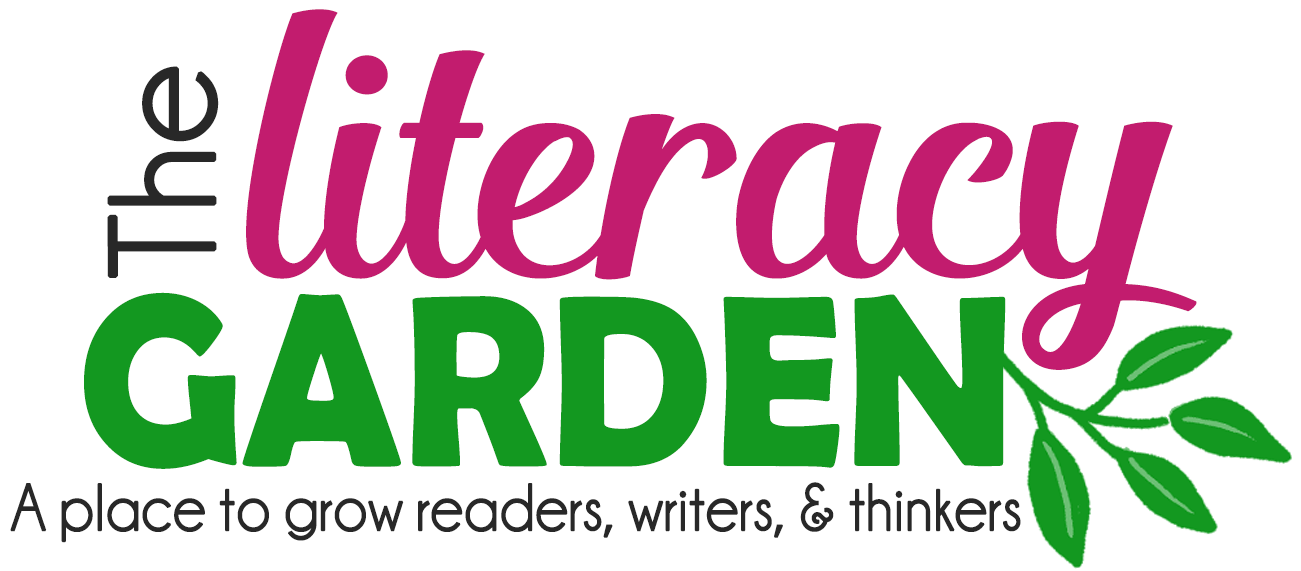

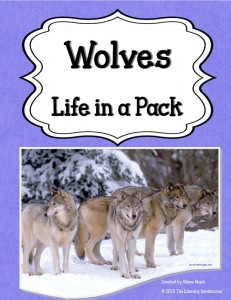
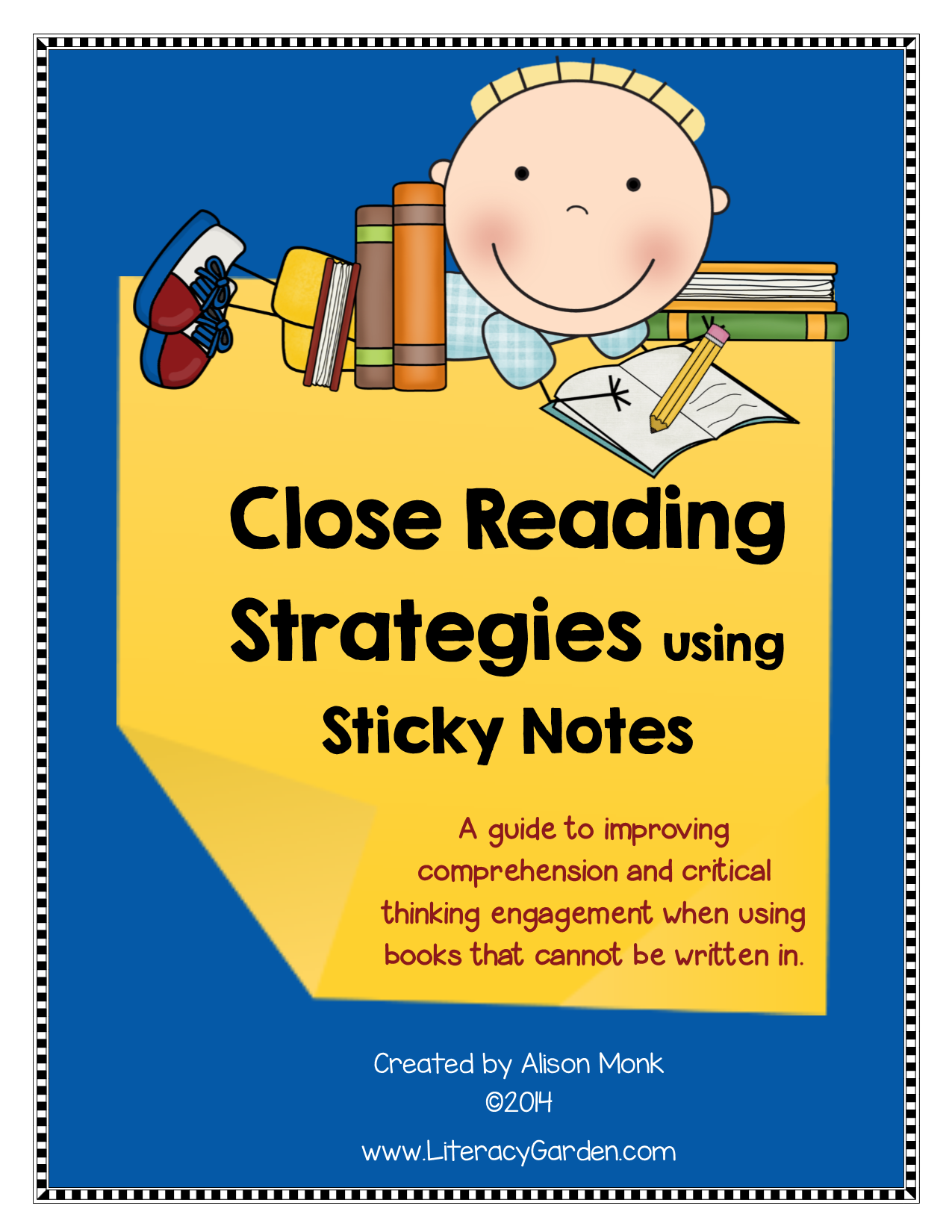



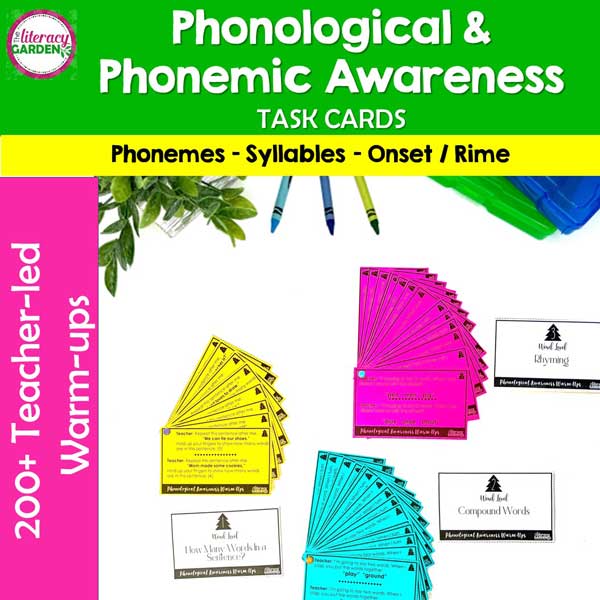



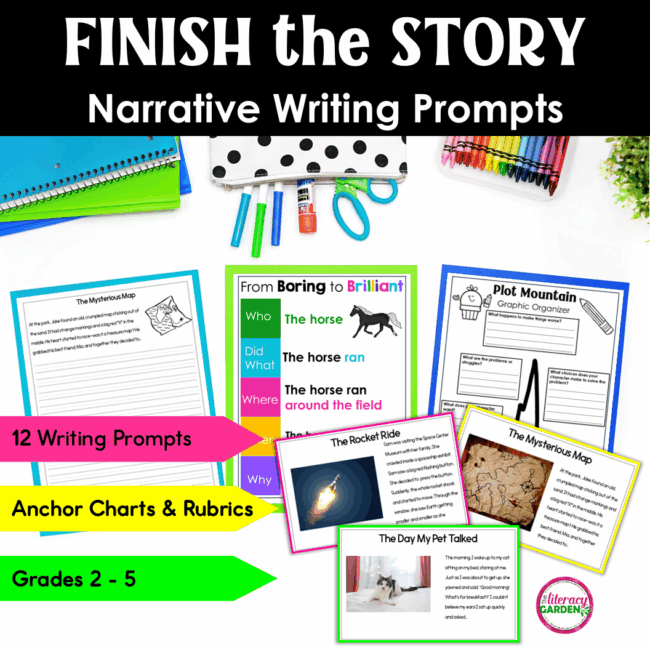

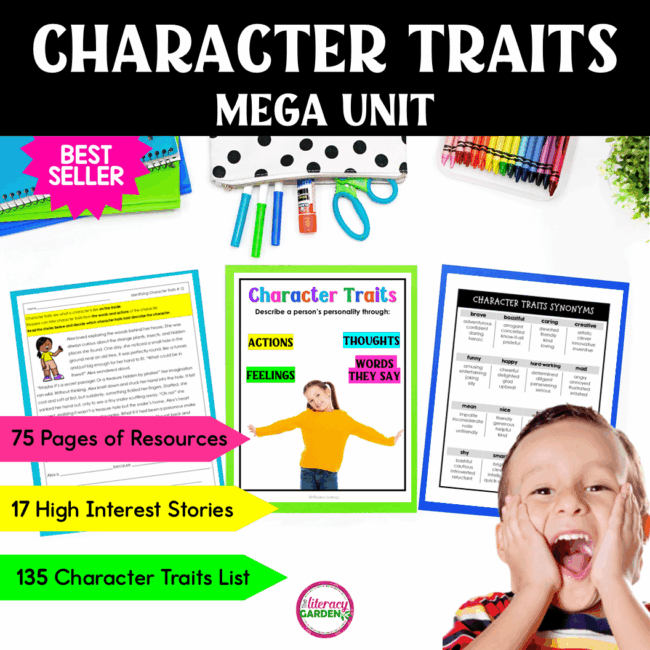




No Comments